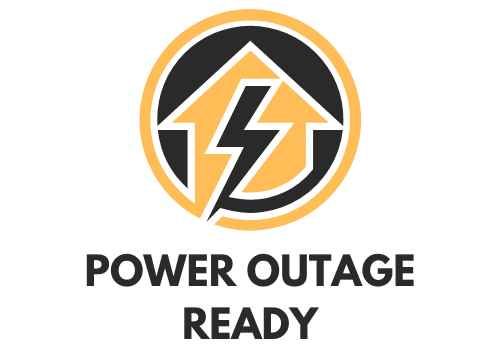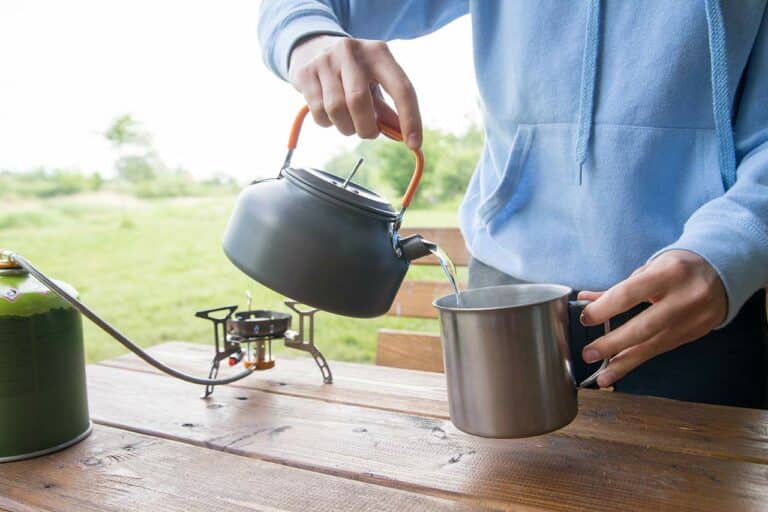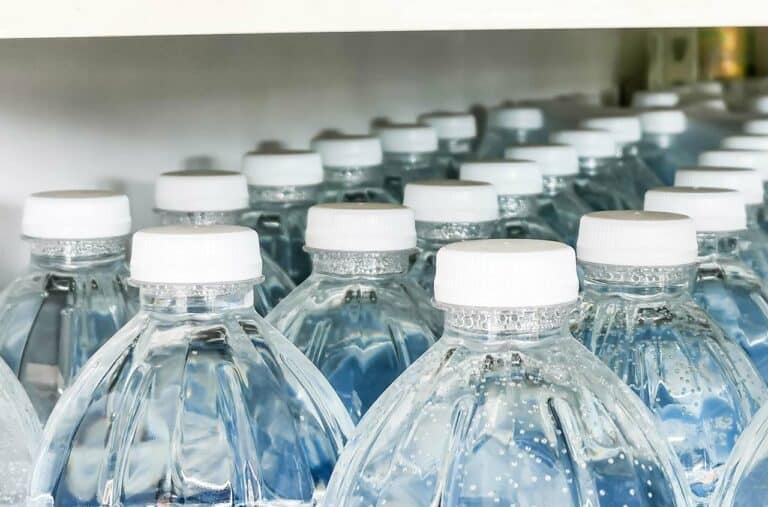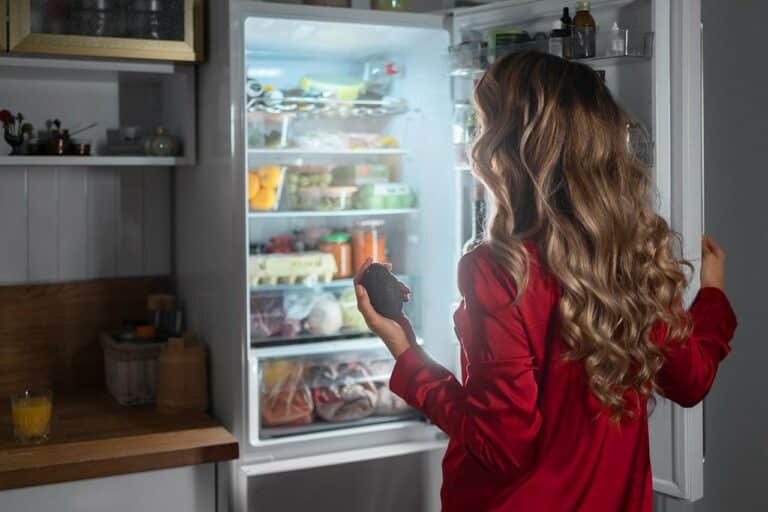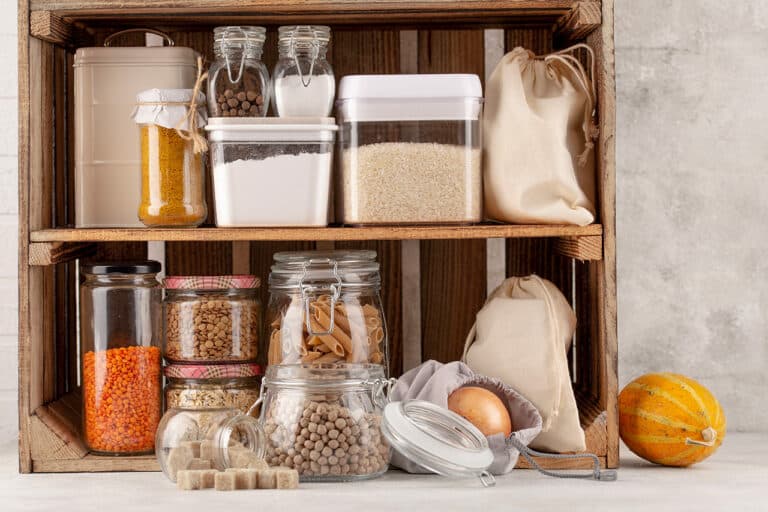How Many Days Of Food Do I Need For A Power Outage? (Explained)
Being prepared for a power outage is crucial, and one of the main aspects of preparedness is having enough food on hand to last through the duration of the outage. With many factors at play, such as the cause of the power outage, the length of the outage, and the availability of alternate resources, it can be difficult to know exactly how many days of food you’ll need to have stored.
In general, it’s a smart move to have a minimum of three days’ worth of non-perishable food items on hand in case of a power outage. Non-perishable foods include canned goods, shelf-stable snacks, and even freeze-dried or dehydrated meals.
Estimating Food Requirements for Emergencies
When it comes to estimating food requirements for emergencies like power outages, there are a few key factors to consider. It’s essential to have enough non-perishable food items on hand to last you and your family at least 72 hours. This is an official number. It’s the basic disaster preparedness minimum as suggested by the Federal Emergency Management Agency (FEMA).
The goal with your three-day supply is to provide at least 2,000 calories per day for each person, along with a gallon of water. (Small kids may need a little less, but it doesn’t hurt to have extra on hand.)
To ensure you’re well-prepared, stock up on items with long shelf lives like canned fruits, nuts, raisins, dates, and other types of dried fruit. Make sure you have enough grains on hand, like bread, cereal and oats (even rice and pasta, if you’re prepared to cook without power). And don’t forget the proteins, like canned tuna, canned chicken, and nut butters. These foods can help you maintain a balanced diet, even as perishable items might become unavailable during a power outage.
Food Supply Rotation
Don’t forget to periodically rotate the food in your emergency supply, checking for expiration dates and replacing items before they go bad. This will ensure that your stockpile is always up-to-date and safe to consume during an emergency.
Identifying and Discarding Unsafe Foods
While shelf-stable foods are ideal for emergency preparation, since they don’t spoil as quickly as fresh foods, they can still go bad. That’s why it’s essential to rotate your emergency food supply and get rid of anything nearing its expiration.
But even processed foods can go bad under the wrong conditions, so make sure you keep an eye on your food supply. When inspecting your foods, visual appearance matters. While you can’t see what’s going on inside a can, you can watch for signs of spoilage in glass containers and bagged foods. If something looks off, it’s probably best to get rid of it.
Odor can be another giveaway of spoiled food. If you notice any unusual or unpleasant smells when you open food from your emergency supply, that’s a sign of bacterial growth and the food should be discarded.
While checking your food, remember the golden rule: When in doubt, throw it out! It might feel wasteful, but it’s not worth risking your health over potentially unsafe food. This is especially true during power outages when medical facilities may be overrun and the risk of foodborne illness increases.
Prepping for Natural Disasters & Longer-Term Outages
When preparing for extended power outages, the typical three-day food supply recommendation may fall short of what’s truly required. Natural disasters, such as hurricanes, tornadoes, earthquakes, and major floods, can disrupt not only power but also transportation and communication lines. This disruption can make it challenging to resupply essential items like food and water. Therefore, being well-prepared for such scenarios can make a significant difference in your safety and well-being.
For these more extensive and potentially prolonged outages, it’s advisable to have at least a two-week supply of non-perishable foods. This ensures that even if help or resupplies are delayed, you have sufficient food to maintain your health and strength.
Here are some ideas and foods you might consider for extended emergency food prep:
- Diversify Your Food Types: Just as with shorter-term storage, it’s essential to ensure that you have a balanced diet. This means a mix of proteins, grains, fruits, and vegetables. Consider stocking up on items like freeze-dried fruits and vegetables, powdered milk, canned meats, and whole grain cereals.
- Caloric Intake: While the standard recommendation is 2,000 calories per person per day, it’s essential to adjust based on individual needs. If you have growing children, active teenagers, or family members with specific dietary requirements, make sure to factor these in.
- Staples and Grains: Items like rice, pasta, and dried beans are great to have on hand. They’re calorie-dense, nutritious, and can be prepared in a variety of ways. While they typically require cooking, having a safe, alternative cooking method, like a portable gas stove, can be a boon in an extended outage.
- Nutrition Bars and Protein Shakes: These can be a valuable addition to your stash. They’re packed with nutrition, require no preparation, and take up minimal space.
- Vitamins and Supplements: In a situation where your diet might be less diverse than usual, having a stockpile of multivitamins can help fill in nutritional gaps.
- Long-Term Storage Solutions: If you’re serious about long-term preparedness, investing in items like vacuum-sealed foods, MREs (Meals Ready-to-Eat), and bulk freeze-dried foods might be worth considering. These products are specially designed for long shelf lives and can be invaluable in extended emergencies.
Remember, it’s not just about the quantity but also the quality and variety of food you store. Eating the same thing every day can lead to “food fatigue,” where you or your family might lose the desire to eat, even if hungry, simply due to monotony. By diversifying your emergency food stash and including different flavors and textures, you can maintain a level of normalcy and comfort, even if the power stays out for an extended period of time.
Special Dietary Needs & Pets
Don’t forget to account for any special dietary needs for family members, including infants and those with specific health conditions.
If you’ve got pets, be sure to stock up on their food too!
The Power of Food Preparedness
Preparing for unforeseen circumstances, especially extended power outages, requires more than just quick thinking—it requires foresight, diligence, and a thorough understanding of your family’s needs. The question isn’t solely about how many days of food you need, but rather about ensuring you have a diverse, balanced, and ample supply to sustain every member of your household, pets included.
Remember, power outages are not just about lights going off — it’s about the potential interruption to the essential supply chains we often take for granted. In an ever-changing world, a well-thought-out preparation strategy not only offers peace of mind but ensures that, come what may, your family remains nourished, safe, and resilient. So, inspect your pantry, make a checklist, and take steps today to ensure that you’re well-equipped for the uncertainties of tomorrow.
